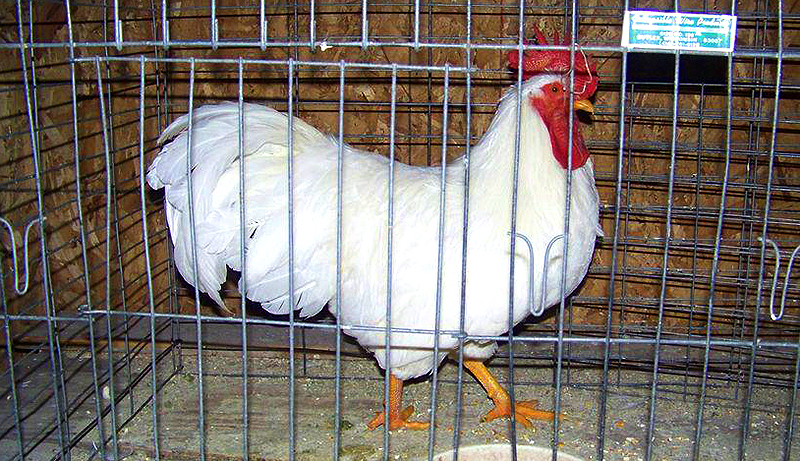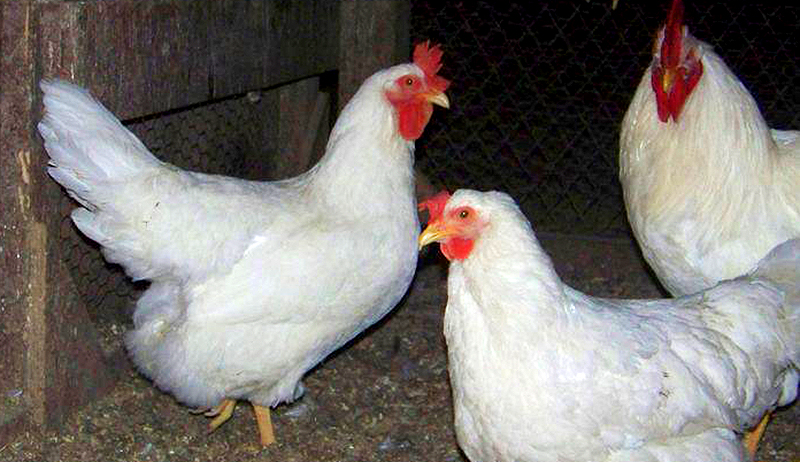
In the early 1900s, Harry Lamon of Beltsville, Maryland, envisioned the Lamona when he concentrated on creating a breed that would consistently produce large white eggs and sell at top prices as a table fowl capable of providing quality meat even after its egg production slowed.
According to The Livestock Conservancy, “original breeding stock was selected from outstanding flocks [of the early 20th century] … After 16 years, the ultimate goal was reached. The end result of these crosses was the production of a fine, general purpose fowl with a well-rounded body, yellow skin and legs, a single comb, four toes and red earlobes.”
The Lamona was admitted to the American Poultry Association’s Standard of Perfection in 1933.
A dangerously rare breed, the Lamona’s popularity began to decline in the 1980s, when it was believed extinct. In 2005, two remaining flocks were discovered.

In honor of Lamon’s noteworthy dedication to creating these outstanding birds, U.S. Secretary of Agriculture Henry Wallace granted the breed the right to be named after its originator.
Mature male Lamona chickens weigh as much as 8 pounds, while hens weigh 6 ½ pounds.
This story originally appeared in the September/October 2017 issue of Chickens magazine.




